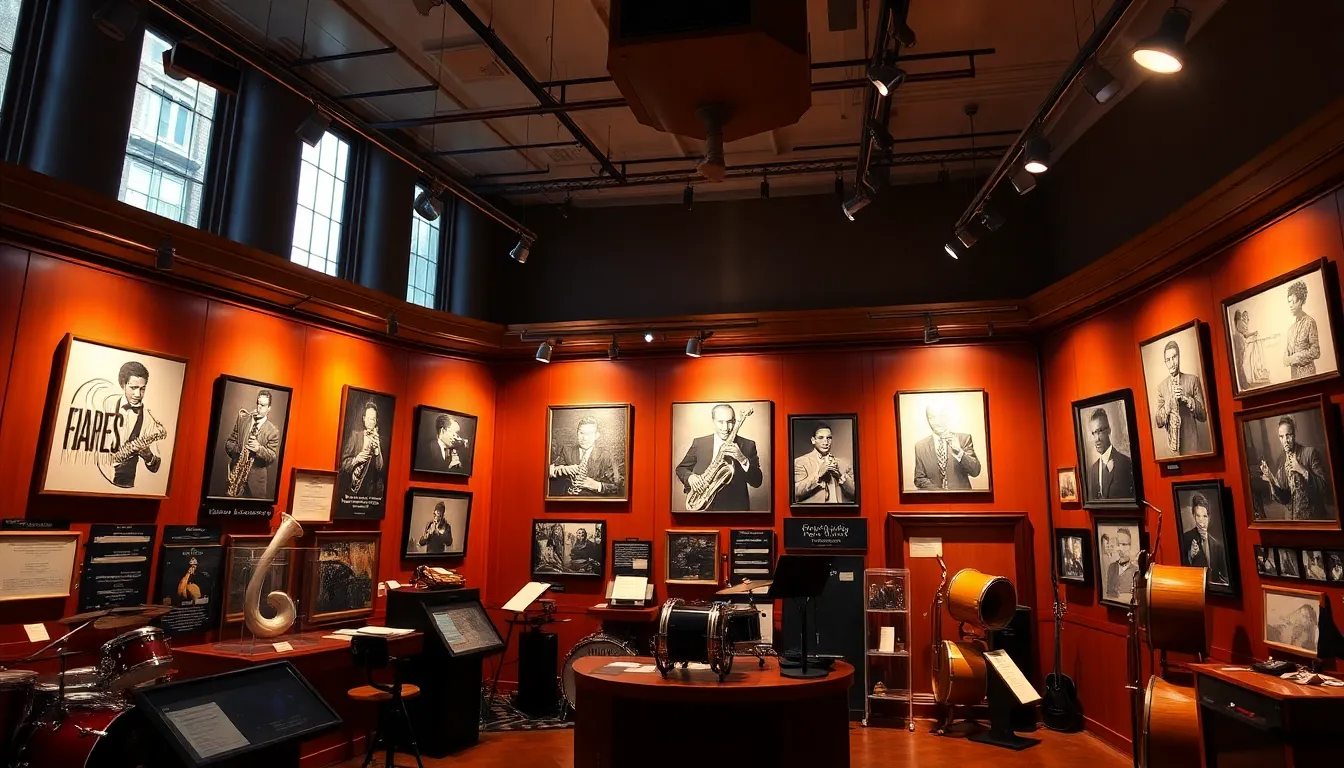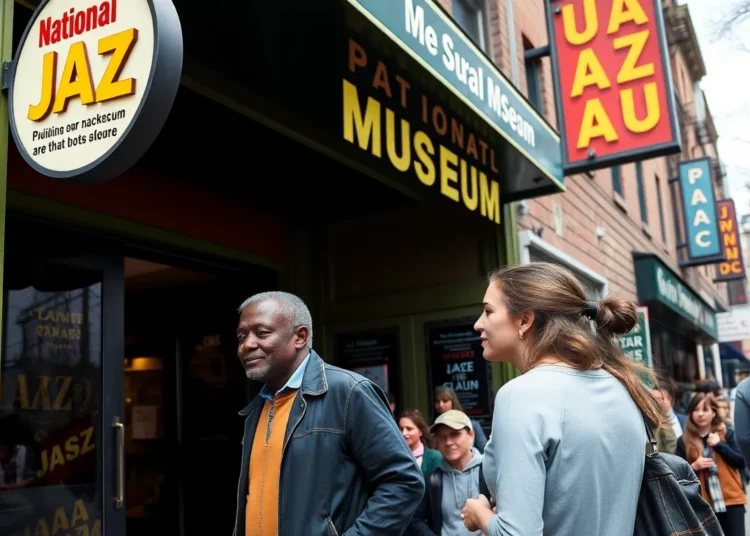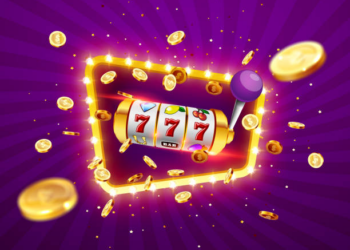Nestled in the heart of Harlem, the National Jazz Museum is a treasure trove for music lovers and curious souls alike. Imagine stepping into a world where the vibrant rhythms of jazz come alive, and the echoes of legends like Duke Ellington and Ella Fitzgerald dance through the air. This isn’t just a museum; it’s a celebration of a genre that’s as rich and diverse as the city itself.
National Jazz Museum in Harlem
The National Jazz Museum in Harlem serves as a hub for jazz appreciation and education. Located in the historic neighborhood of Harlem, the museum highlights the genre’s rich heritage and its pivotal role in American culture. Visitors encounter a diverse array of exhibits showcasing artifacts, photographs, and recordings that illuminate jazz legends and their contributions.
This dynamic space hosts various programs, including live performances, lectures, and workshops that cater to all ages. Jazz enthusiasts participate in storytelling sessions and interactive events, allowing them to engage deeply with the music’s history. Educational programs focus on the significance of jazz and its impact on contemporary music, emphasizing its ongoing legacy.
Notable features include the museum’s permanent collection and rotating exhibits, which frequently spotlight influential figures like Miles Davis and Louis Armstrong. Each exhibit aims to captivate audiences while fostering a greater understanding of jazz’s evolution. Additionally, the museum provides resources for those interested in learning about jazz music theory and performance.
Community involvement plays a crucial role at the National Jazz Museum. The museum collaborates with local schools and organizations to promote jazz education, making it accessible to a wider audience. Through these initiatives, the museum fosters a sense of connection among artists, students, and jazz fans alike.
By celebrating the history and artistry of jazz, the National Jazz Museum in Harlem remains a vital institution. It continues to inspire and educate, ensuring the genre’s legacy is preserved for future generations.
Harlem Jazz Museum

The National Jazz Museum in Harlem boasts a rich history tied to the cultural evolution of jazz music in America. Established in 1997, the museum arose from a commitment to celebrate jazz’s vibrant legacy and educate the public.
Founding and Development
The museum’s inception was the vision of jazz advocates who recognized the need for a dedicated space to honor this unique genre. Over the years, it expanded its focus to include education and community outreach, drawing attention to jazz’s influence on American culture. By collaborating with local institutions, it transformed into a key cultural hub in Harlem, ensuring the preservation of jazz’s heritage. In 2002, the museum secured a permanent location, enhancing its ability to serve visitors and musicians alike.
Jazz Museum Harlem
Notable figures contributed significantly to the museum’s growth and identity. Founders such as a former director and key educators shaped its mission and programming, ensuring a strong connection to the jazz community. Influential musicians like Billy Higgins and Wynton Marsalis supported the museum through performances and collaborations, raising awareness of jazz’s importance. Additionally, partnerships with local schools and cultural organizations have further enriched the museum’s offerings, allowing it to engage with a diverse audience and inspire future generations.
The National Jazz Museum in Harlem
The National Jazz Museum features a dynamic range of exhibits that illuminate the essence of jazz. Visitors engage with both permanent and temporary exhibits that emphasize the genre’s vibrant history and cultural impact.
Permanent Exhibits
Permanent exhibits showcase significant artifacts related to iconic jazz musicians and their contributions. Displayed items include instruments, photographs, and personal memorabilia from legends like Duke Ellington and Ella Fitzgerald. Immersive storytelling enhances the visitor experience, offering insights into the lives of these artists. Carefully curated installations reflect the evolution of jazz, inviting guests to appreciate its rich heritage. Each element connects to the narrative of jazz’s influence on American culture and identity.
Temporary Exhibits
Temporary exhibits focus on specific themes or notable figures within the jazz genre. These rotating displays provide fresh perspectives on artists and styles, inviting repeat visits from enthusiasts. Notable past showcases have included collections spotlighting influential groups, like the Harlem Renaissance jazz scene, along with tributes to milestones in jazz history. Engaging programming often complements these exhibits, including live performances and panel discussions, creating an interactive experience for visitors. Each exhibit aims to educate and inspire new audiences about the ongoing legacy of jazz music.
National Jazz Museum Harlem
The National Jazz Museum in Harlem offers an array of educational programs and events, enriching the experience for visitors of all ages. These initiatives encourage a deeper appreciation of jazz and its cultural significance.
Workshops and Masterclasses
Workshops and masterclasses cater to aspiring musicians and enthusiasts alike. Professional jazz artists often lead these sessions, sharing techniques and insights that spark creativity. Participants can explore various aspects of jazz, from improvisation to composition, enhancing their skills and understanding of the genre. Each workshop presents opportunities for hands-on learning, while masterclasses allow for direct interaction with seasoned professionals. These interactive settings inspire collaboration and growth among attendees.
Community Engagement
Community engagement programs foster connections within Harlem’s vibrant cultural landscape. The museum collaborates with local schools, offering educational resources that support music education. Special events such as jazz festivals and performances encourage community participation, bringing together diverse audiences. By partnering with local organizations, the museum ensures that jazz remains accessible, revitalizing interest in the genre among younger generations. These efforts highlight the museum’s commitment to preserving jazz’s legacy while promoting a collective appreciation of its influence within the community.
National Jazz Museum in Harlem Photos
The National Jazz Museum in Harlem invites visitors to explore its vibrant offerings. This cultural hub stands out for its dedication to celebrating jazz music and its profound impact on American history.
Location and Accessibility
Located at 104 East 126th Street, the museum is easily accessible via public transportation. The 2, 3 subway lines stop just two blocks away at 125th Street. Several bus routes also service the area, ensuring convenience for visitors. The museum provides accessibility options, including ramps and elevators, making it welcoming for everyone. Ample street parking exists nearby, though it may vary based on time of day.
Admission and Hours
General admission costs $10, allowing access to exhibits and programs. Students and seniors enjoy a reduced rate of $5, while children under 12 enter free. Museum hours are Tuesday through Saturday from 11 AM to 6 PM. On Sundays, the museum operates from 12 PM to 5 PM. Closed on Mondays, the museum encourages planning visits during open hours to fully experience its offerings.
Conclusion
The National Jazz Museum in Harlem stands as a vibrant testament to the enduring legacy of jazz music. By celebrating the genre’s rich history and fostering community engagement, it creates a unique space for both education and appreciation. Visitors leave not only with a deeper understanding of jazz but also with a sense of connection to its cultural significance. With its dynamic exhibits and engaging programs, the museum continues to inspire future generations, ensuring that the spirit of jazz lives on in Harlem and beyond.










